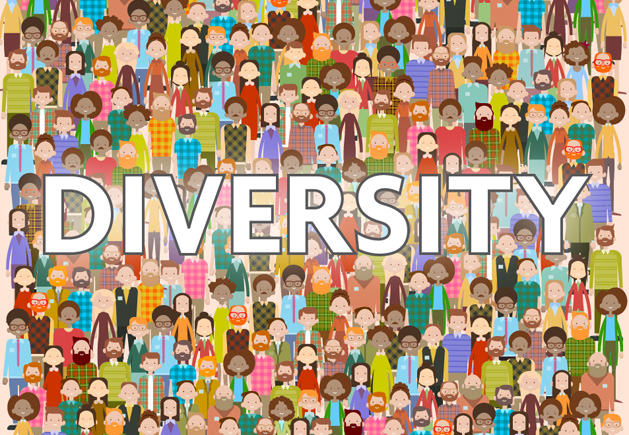Diversity in Advertising

As I walked through London on my way to a discussion on diversity held by the IPA for the Festival of British Advertising, the diversification of modern society was clear to see. Different cultures, genders, races, religions, lifestyles, orientations – they are all prevalent in modern Britain. So why are they not fully represented in modern advertising?
This was one of the topics of the discussion, debated by panel members representing Google and Channel 4 and also Michele Oliver, the VP of Mars. Michele was at the helm of the forward-thinking ‘Look at the Lighter side’ campaign for Maltesers, which featured disabled actors as the main protagonists of their advertisements. These 30-second bumper ads were tasteful and humorous, which helped ensure they received a lot of attention. The initial goal of the campaign was to achieve a million YouTube views in a week without any YouTube paid advertising and this was achieved in just 24 hours. In terms of how it affected their sales figures, they experienced a 10% increase in sales which they directly attributed to the campaign. This is an astounding figure for such an established brand such as Maltesers.
However, few brands have dared to challenge the status quo in advertising. Lloyds Banking Group recently conducted a survey which they named ‘Reflecting Modern Britain’ and some of the statistics are really interesting. They found that 19% of people shown in advertising are from minority groups with as little as 0.06% having disabilities. In total, the survey found that 53% of people did not feel fully represented in advertising. One of the key findings was that stock photography did not reflect modern Britain and image libraries needed to rectify this or, equally, brands should organise their own photo shoots (if the budget permits).
Despite these statistics the tone of the discussion was mostly positive, with many seeing the status quo as a great opportunity for a lot of brands. Lloyds found that 65% of people feel more favourable towards brands that reflect diversity in their advertising and this further proves that there is gain to be made by not marginalising minority groups. It has been clear that some brands have realised this and have seen an opportunity to make a few headlines. Critics have been quick to call this ‘virtue signalling’, in other words, showing good morals for the sole purpose of looking virtuous to the public. However, as long as the depiction is realistic, and the narrative isn’t shoehorned into the story, then brands really shouldn’t be afraid of placing diversity at the forefront of their campaigns.
When we look back on advertisements from 15-20 years ago with the all white families and the enforced gender roles, we cringe. There is no doubt that in 15-20 years time we are going to look at our advertisements and equally recoil at how un-progressive we were but it is the responsibility of advertisers and marketers to keep moving forward with the times.
At LAW Creative we acknowledge and promote the need for diversification in the work that we do and also in our team. We believe that having a diverse workforce breeds creativity as people come together with different perspectives, which can help push ideas and create an environment of constant learning.
If you would like to work with an agency that wants to take an active role in displaying an inclusive modern world, contact:
